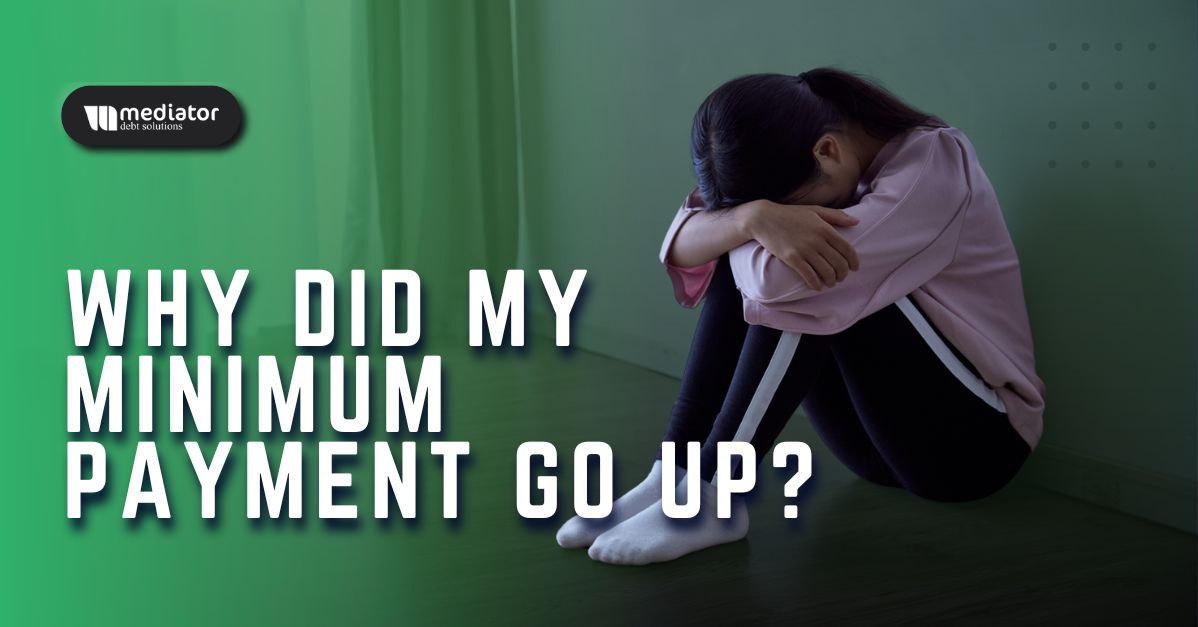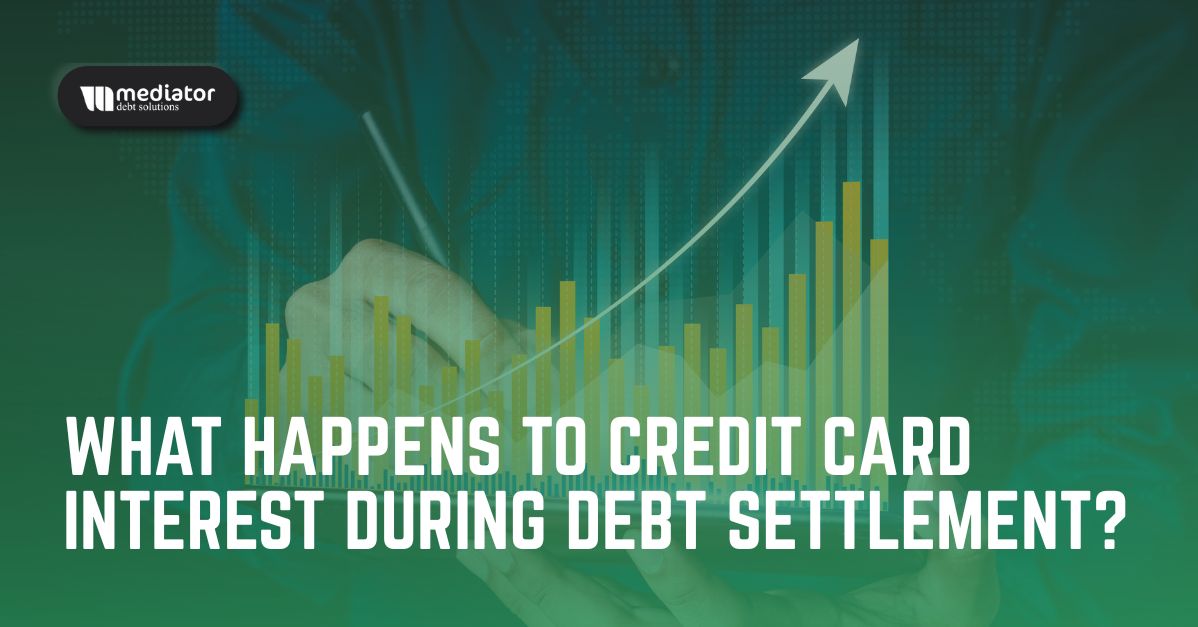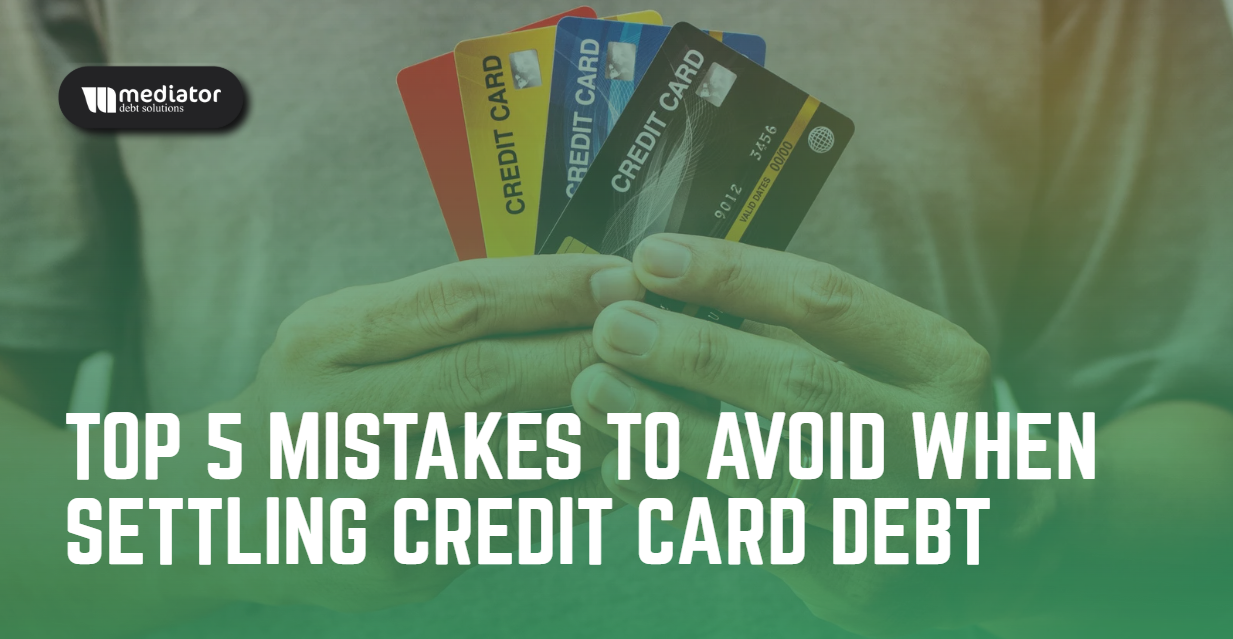Debt is something that most of us are forced to deal with. It’s the only reason why we may go into our ideal house or start our own company. Debt, on the other hand, may be an angel in disguise; it might offer us a better way of life while also causing pain and suffering. The first thing to know is that being debt-free does not necessarily imply that you have no debt. We understand that the term “debt-free” might sound contradictory, but it all comes down to the type and amount of debt you have.
To fully understand what being debt-free really is, let’s dive into what debt is and what type of debt you may have.
What is debt?
Debt is the money that you owe to someone else. You might borrow money from a bank, or you might owe money to a friend. If you don’t pay back the money that you borrowed, then you are in debt. Debt can be a very stressful thing to deal with, especially if you are not able to pay it back. Consumer debt typically comes in two forms, secured and unsecured.
A secured debt is one that contains collateral of some kind that you are borrowing against. If you can’t come up with the payments, the bank can legally repossess the collateral to recoup the debt. This is the safest type of debt for banks, as they have two opportunities to collect on their investment.
Unsecured debt contains no collateral and is credit extended to a person based on their credit and/or buying history. This is considered high-risk debt, as the bank has no collateral to fall back on in the event the person stops paying.
Different Types of Debt
There are many different types of debt, and each one can be very difficult to deal with. Some of the most common types of debt are:
– Credit card debt: This is when you owe money to a credit card company. Credit card debt can be very expensive, and it can be difficult to pay it back.
– Student loan debt: This is when you owe money for your education. Student loan debt can be very expensive, and it can be difficult to pay it back.
– Mortgage debt: This is when you owe money for your home. Mortgage debt can be very expensive, and it can be difficult to pay it back.
– Car loan debt: This is when you owe money for your car. Car loan debt can be very expensive, and it can be difficult to pay it back.
– Personal loan debt: This is when you owe money to a friend or family member. Personal loan debt can be very difficult to pay back.
If you are in debt, it is important to try to find a way to pay it back. Debt can be a very stressful thing to deal with, and it can cause problems in your life. What type of problems and/or consequences can there be with debt?
What Are the Consequences of Debt?
Debt can have many negative consequences. Some of the most common consequences of debt are:
– You might have to pay a lot of money in interest.
– You might have to pay back the debt for a long time.
– You might have to sell your possessions.
– You might have to declare bankruptcy.
– Your credit score might go down.
– You might lose your job.
– You might have to move.
Debt Relief Options:
There are many options available to help you with your debt. Some of the most common options are:
– Debt consolidation: This is when you take all of your debts and put them into one loan. This can help you to save money on interest, and it can make it easier to pay back your debt.
– Debt settlement: This is when you negotiate with your creditors to try to pay off your debt for less than what you owe. This can be a very difficult process, and it can often take a long time.
– Bankruptcy: This is when you declare bankruptcy. This can help you to get out of debt, but it will also have a negative impact on your credit score.
Even so, there can be two different types of debt: good and bad. But, you may be wondering, how can debt be good? Isn’t all debt bad? And can you be debt-free from both of them?
Good Debt Vs. Bad Debt
Good debt is a term used to describe any sort of credit that will benefit you in the future. It’s something that adds to your wealth or increases the value of your property. So, for example, excellent debt is a house or real estate investment.
The end goal of this section is to show that a house or property will in all likelihood appreciate in value, and your initial debt will become profitable. A business loan is an excellent example of good debt. If your firm succeeds, you’ll be able to build lifetime earnings from your initial investment.
Good debt is defined not just by the type, but also by the terms. Good debt refers to low-interest, no-fee, or penalty-free debt. The reason for this is that if you fall behind during a recession, the long-term consequences are less serious.
Bad debt generally lacks a long-term positive strategy. This is money that you borrow for something that won’t make you any money or return a profit. A credit card is the most obvious example of bad debt, but we’ll also discuss it in terms of other debts.
What is the definition of “bad debt”? High-interest rates, fees, penalties, and no equity are all examples of bad debt. You’ve gained nothing but a delayed payment that’s far greater than the original. A payday loan is another example of poor debt. These predatory loans may charge up to 500% interest and are difficult if not impossible to pay off if you fall behind.
How Can Bad Debt Prevent You From Being Debt-Free?
There are a few additional sorts of debt that we categorize as excellent or awful. Student loans, for example, are considered to be a form of good debt. This is why university graduates generally earn more money. Student debt has low-interest rates and minimal impact on your credit score. Even though it doesn’t always appear to be the case!
Investing in your firm through a loan or line of credit is fine debt. Of course, you must have a growth strategy in place and make effective use of the loan. The objective is to obtain a higher return on investment as a result of these improvements (ROI). Loans for individuals with severe financial difficulties are typically unsecured, easy to obtain, and have low-interest rates. Your investment should produce results and this debt should go away quickly.
On the other side, borrowing money to go on trips or pay off other obligations and bills is a bad idea. In the long term, it only exacerbates your overall debt. It’s hard to say no to desire, especially if you have accessible credit. By taking on this debt, you may obtain your instant gratification right now, but you will be paying for it for years to come.
When Does it Mean To Be Debt Free?
To begin with, being debt-free implies you have few to no bad debts and a good number of average debts. It doesn’t imply that you don’t have a mortgage or other obligations. It means you have a manageable amount of debt and are aware of your borrowing and DTI.
Debt is a tool that must be used properly to be effective. Even though you may still be debt-free with debt, it must work for you and not against you.
Mediator Debt Solutions and Being Debt-Free!
Here at Mediator Debt Solutions our one and only goal is to help you create the life you want to live.
We empower you to get out from under your debt so you can start to grow. We lower your debt burden by negotiating directly on your behalf, and we help you pay off your debt with a tailored financial plan. We stand with you side by side until your debt is gone.













